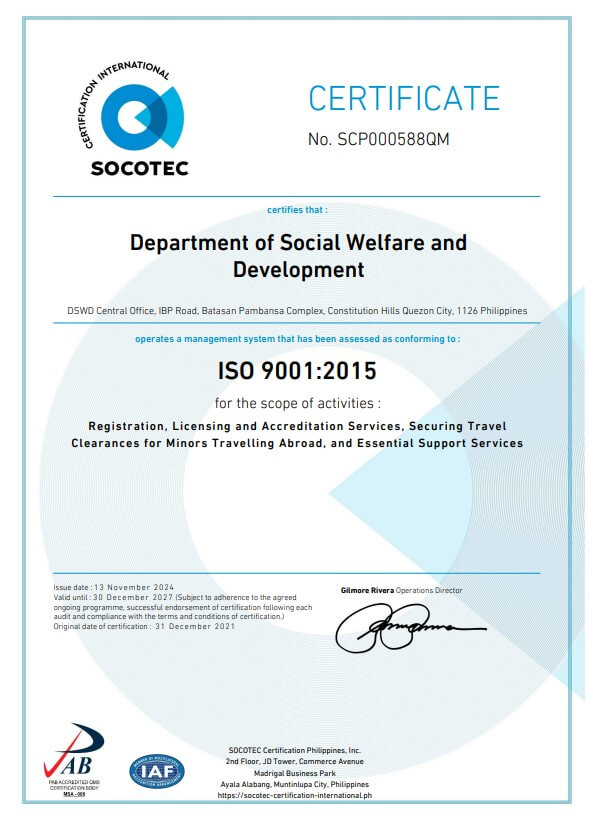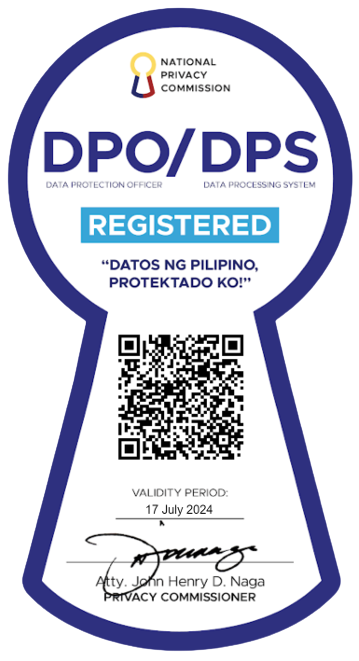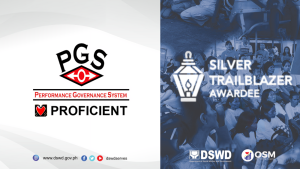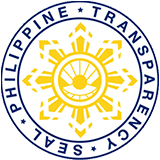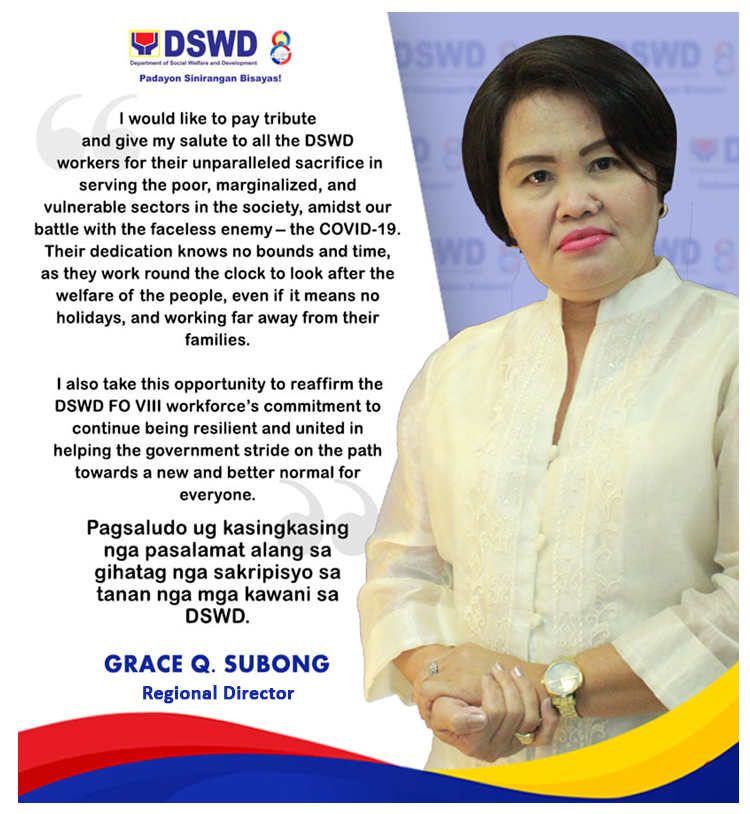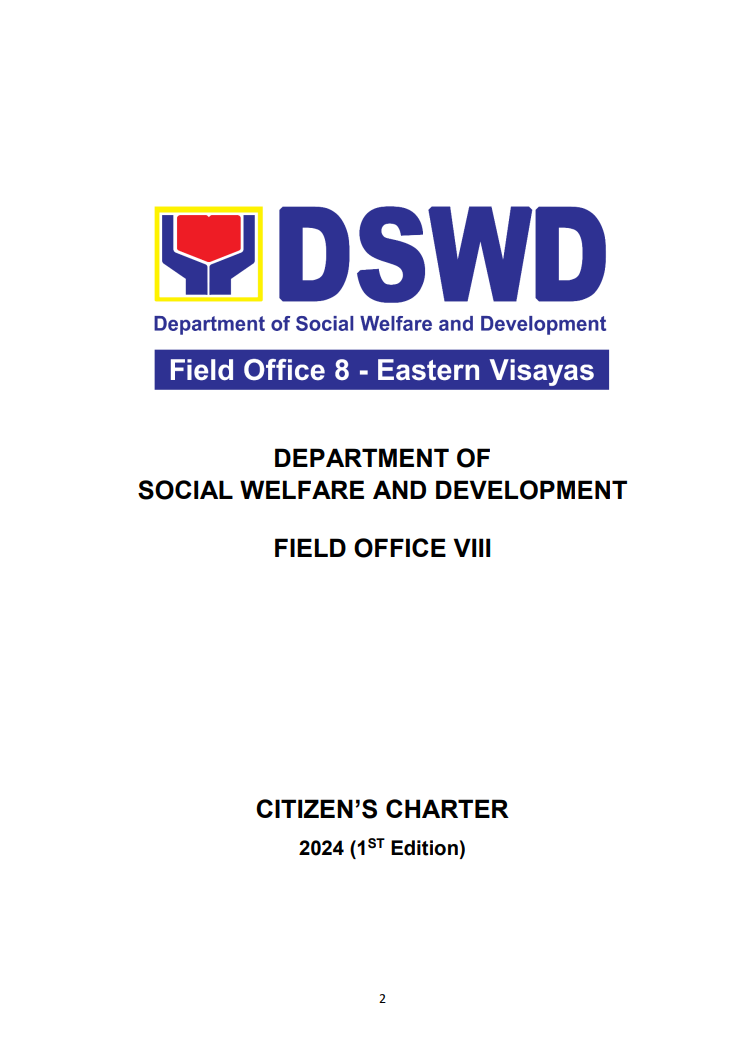Margie Diaz grew up in a town where even the most basic need of a family is considered a luxury. Silvino Lubos is one of the remotest municipalities in the province of Northern Samar. But aside from being branded as a geographically isolated and disadvantaged area, the town is also categorized as a conflict-affected municipality where disputes and tension are not already a threat but a way of life.
“Sadto nga mga panahon nagka may-ada sin surusaramok tungod san kakuri san tubig sa baryo. Harayo an ginkukuhaon san tubig nga kun diin inin in usa sa pinaka-importante sa aton pan-adlaw adlaw nga panginahanglanon [Before, people here would fight because of their need for water. We fetch water from far afield yet it is our most important daily need]”. Margie recalled.
The issue on the lack of water supply in a rural community is very complex. Without an access to clean water, people will have poor sanitation and hygiene. Consequently, the health of each family member is compromised. The insufficient provision of potable water to families does not only affect their health, it is also a barrier to overcoming both poverty and hostilities.
When asked about the difficulties the residents went through because of this problem, Margie remembered some cases of accidents where kids and even the elders were badly injured just to get a pail of water.“Tungod kay apiki ngan kaharayuon san gin-aalogan san tubig mayaon napapalindas nga kabataan, kababayen-an ngan ka-arogan [Children, women and even the elders who normally fetch water often get hurt because of the distance and the narrow trail]. But this is before Kalahi-CIDSS (Kapit-Bisig Laban sa Kahirapan Comprehensive and Integrated Delivery of Social Services) and PAMANA come into Silvino Lubos.
However, the program’s demands challenged Margie who is also a Pantawid Pamilyang Pilipino Program beneficiary. Before she became the Kalahi-CIDSS Barangay Sub-Project Management Council (BSPMC) Chairperson in Brgy. San Isidro, the vast scope of responsibilities frightened her.
“Dida san ako paging sayo nga boluntaryo, kadamo sin mga sitwasyon og sumulod san ako huna-huna nga dumiri na tungod kay kadako sine nga responsabilidad ngan para sa ako diri ko kaya tungod kay kulang gud ako inadman, ngan batid ak nga makukurian ak sine nga kamutangan. Pero nakit-an ko nga maupay gud an gintutumuyo sine nga programa ngan sayo siton mau an maibanan an kakurian san mga tawo sa baryo. [There were so many things that got into my mind before I finally volunteered. I even thought of backing out because of the huge responsibility and the fact that I lack the knowledge; it would be more difficult to me. But I realized that the program has noble objectives to lessen the poverty of the people in our community]”.
The Rehabilitation of Level II Water System was finally realized due to the residents’ initiative. Through the Barangay Assembly where community members convene were able to identify their problems that contribute to their poverty situation and the internal conflict they experience every day. The locals were also given the power to proposed sub-projects which can answer their needs. With the knowledge and skills provided through trainings, community members, especially women, were able to recommend their second sub-project which is the Construction of Concrete Pathway. The said sub-project allowed the people of San Isidro to get better access to their water supply.
“Tikang san nag kayaon proyekto an amon barangay nagkayaon sin hinay-hinay nga naibanan an surusaramok sa baryo pinaagi san duha nga Sub project nga tumikang san Kalahi-CIDDS og PAMANA nga mao an Rehabilitation of Level II Water System ngan an Construction of Concrete Pathway. Pinaagi sine nga mga sub-project nga amon natagamtaman, amon na-ekperyensyahan an pag-kaiban san kakurian diri la sa panimalay nga aspeto kundi an bug-os nga molopyo sa baryo. [Right before the sub-project was completed in our barangay, the daily disagreements due to water scarcity in the neighborhood gradually disappeared. Through the Kalahi-CIDSS and PAMANA project on the Rehabilitation of Level II Water System and Construction of Concrete Pathway, we already felt the improvement not just within our homes but the whole community as well]”.
Margie’s aspiration for peace in the barangay has already turned into a reality. Today, no resident in San Isidro will ever fight for a drop of water and neither a child nor an elder shall ever get hurt. “Diri na nakukurian an kabataan, kababayen-an og kaarogan pag-alog san tubig. [Children, women and the elders will no longer struggle just to fetch water]”. Margie proudly declared.
“Sa ngaran san amon barangay og an bug-os nga komitiba san BSPMC sugad man an BLGU dako an amun pag pasalamat san KC-PAMANA nga natagan kami sin higayon nga magiging totoo an amon mga hingyap og inop sa barangay. Tungod sine nahibaruan sa bug-os nga proseso san programa. Inin nga mga sub-projects sa amo barangay usa nga naging pamaagi para kami mahibaru san tama nga proseso. [On behalf of our barangay and the BSPMC committee and the Barangay Local Government Unit, we thank Kalahi-CIDSS and PAMANA for helping us realize our hopes and dreams for this barangay. These sub-projects helped us learn the right processes”], she thankfully remarked.
With the CDD process now being practiced and instilled in the minds of community folks, Margie saw the recognizable improvement with their own Barangay officials. “Yana an mga punong barangay ngan kagawad ginhahatag an bug-os ngan tangkod nga serbisyo para sa maupay nga implementasyon. Kon an kada tawo makita nga sakto an implementasyon basi san proseso waray kasamukan nga matatabo [Now, our Barangay Chairperson and Councilors give their full support and utmost service for a better implementation. If each one of us will recognize the proper implementation through a just process, no conflict will ever happen]”, Margie emotionally expressed.
Truly, Brgy. San Isidro and LGU Silvino Lubos proved that everything is possible as long as the spirit of solidarity is present within the people. Freedom from any conflict could be best achieved if the community will really work for it. This was manifested from the speech of Silvino Lubos’ Mayor Edmund Gillamac which was quoted during the awarding ceremony of the 1st Bayani Ka! Awards. The Local Chief Executive emphasized Silvino Lubos’ firm stand on Peace and Development through Community-Driven Development (CDD) “Kun di kita magburublig waray matatabo nga pagbabago ngadi sa aton bungto. Kun diri ka gusto bumulig, iwas ngadi sa Silvino kay di ka taga Silvino [No changes will happen to this town if we will not help each other. It is better to leave Silvino if you are not willing to help, because you are not from Silvino]”.
The Bayani Ka! Award is a recognition given by the Department of Social Welfare and Development through Kalahi-CIDSS for the hard work and dedication done by program supporters including Local Government Units for their active role in promoting Peace through CDD. LGU SIlvino Lubos bagged the award for Peace Category besting other LGUs across the county.
Kalahi-CIDSS or Kapit-Bisig Laban sa Kahirapan Comprehensive and Integrated Delivery of Social Services is a program of the Department of Social Welfare and Development (DSWD) that seeks to help alleviate poverty using the community-driven development (CDD) approach. The National Community-Driven Development Program is the expansion into a national scale of CDD which was tried and proven effective by the Kalahi-CIDSS project. It targets the coverage of 136 municipalities in Eastern Visayas including the town of Silvino Lubos.
The PAMANA or the PAyapa at MAsaganangPamayaNAn grant for Kalahi-CIDSS is the government’s framework for peace and development funded by the Office of the Presidential Adviser on the Peace Process (OPAPP). The framework follows a converged strategy of resource allocation and utilization, and aims to sustain all ongoing governance and development initiatives in communities affected by past or ongoing conflicts. #

